Who were the vikings and where did they come from? Sequencing of skeletons allows researchers to understand Vikings through their genetic legacy.


Who were the vikings and where did they come from? Sequencing of skeletons allows researchers to understand Vikings through their genetic legacy.
While superconductors are not considered an energy material, the energy savings arising from resistance-free transmission and distribution of electricity are potentially massive when considered on a global scale.

Researchers challenge the current paradigm for embolization with a safe and versatile embolic agent made from malleable and injectable hydrogels.

Pressing a layered crystal onto a gold surface is all it takes to pull off a 2D atomic layer, a method that outperforms scotch tape on industrially relevant scales.
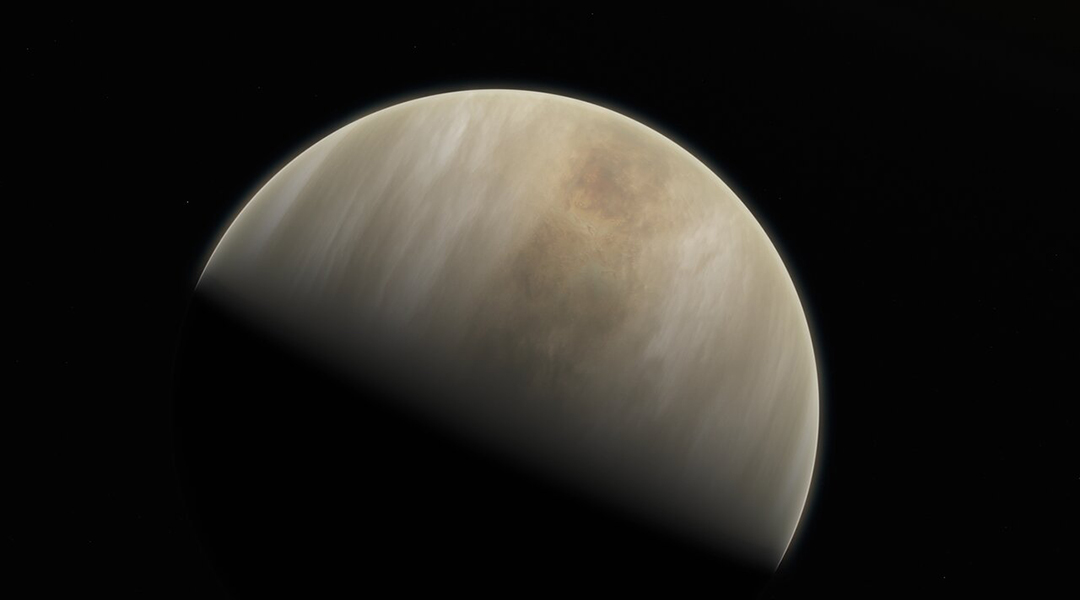
A possible marker of life has been spotted in the clouds of Venus and has astronomers excited about the possibility of extra-terrestrial “aerial” life on the harsh planet.
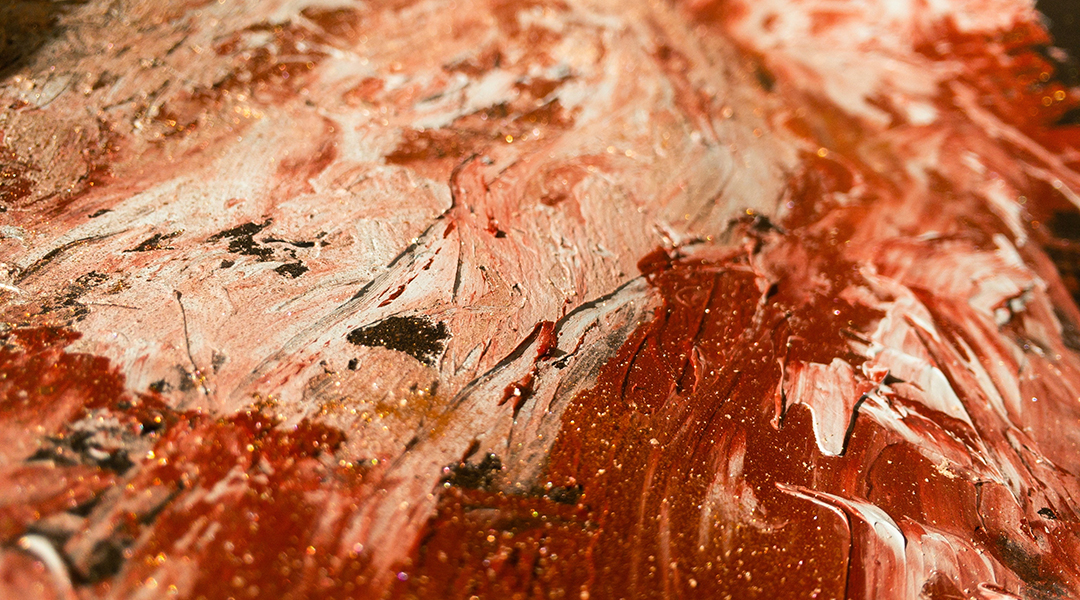
Solid-state physicists and materials chemists are now in excellent “shape” to expand and accelerate their explorations of the science of topological materials for a wide range of possible applications.
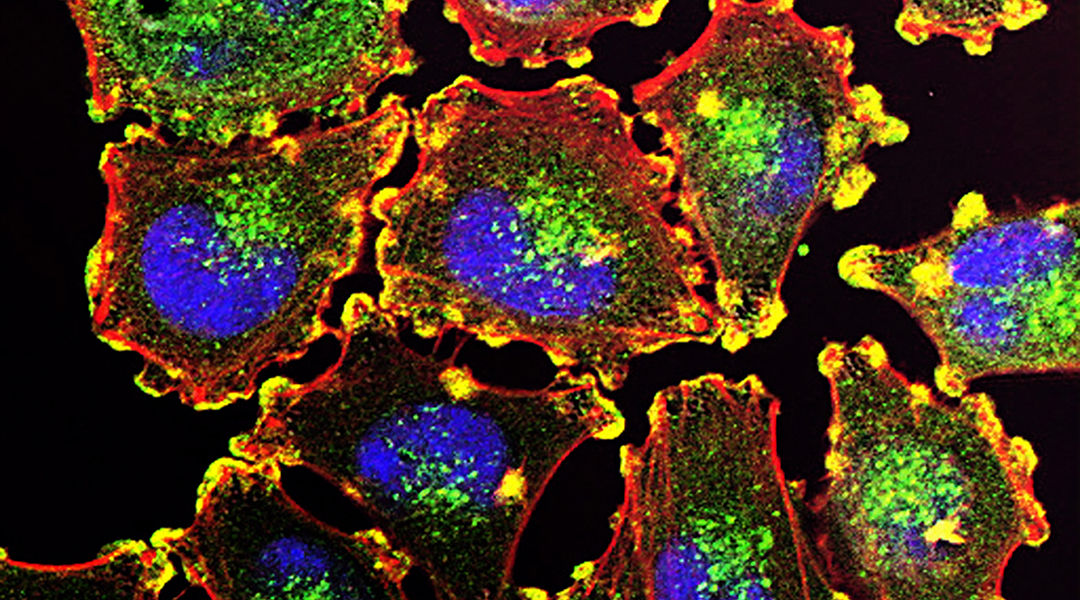
Light-activated proteins enable scientists to study and engineer subcellular structures for research and biotechnological applications.
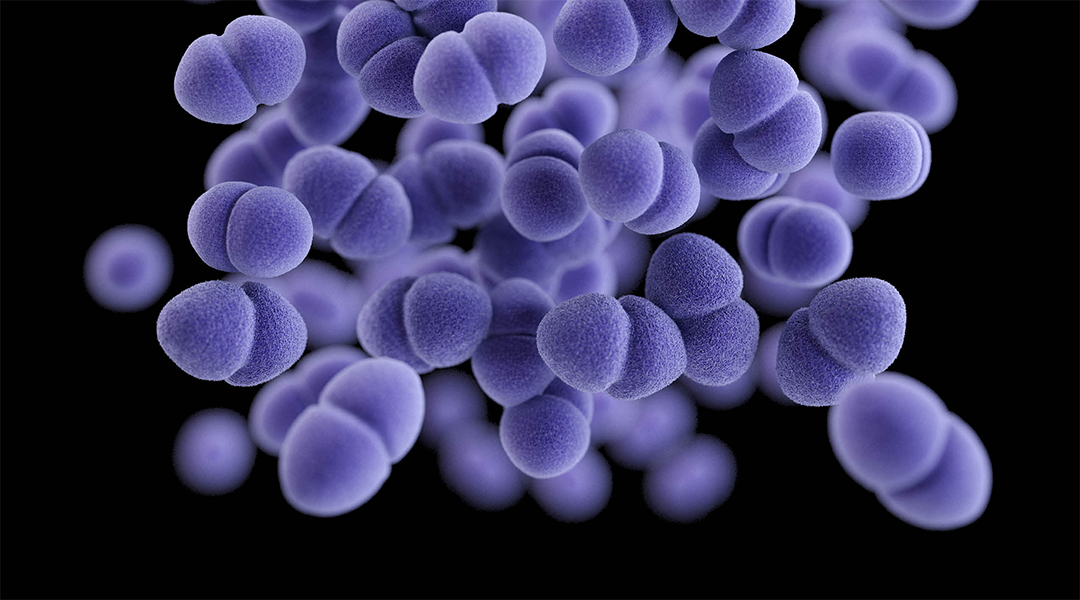
New leads derived from an FDA-approved drug could provide potential therapeutic options for problematic vancomycin-resistant enterococci infections.

Before blood vessels reach implanted cells, they need a built-in oxygen source to keep them alive.
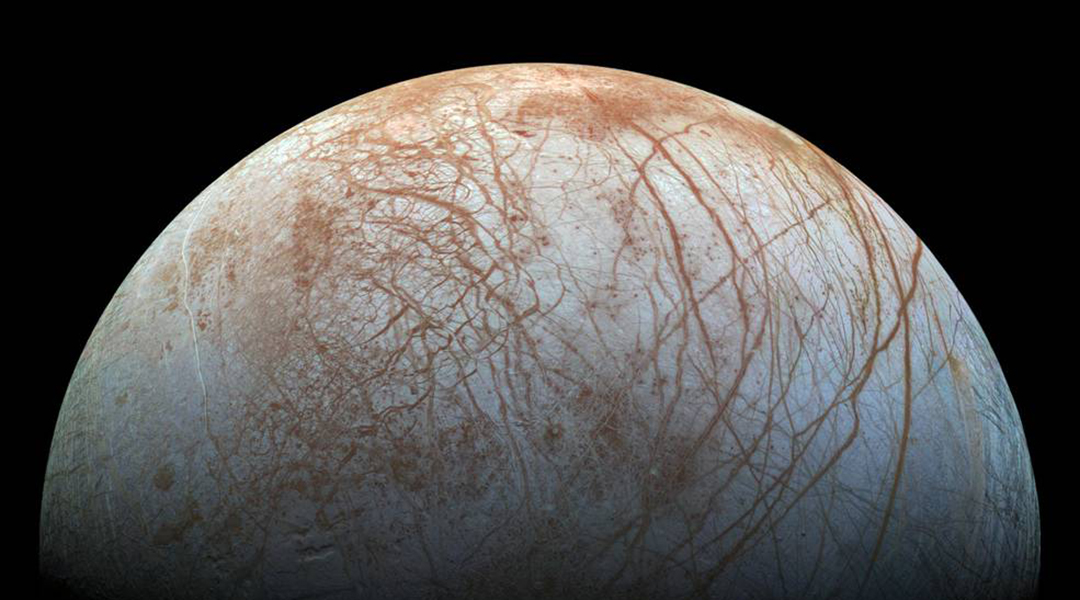
The gravitational push and pull by Jupiter’s moons could account for more warming than the gas giant Jupiter alone.